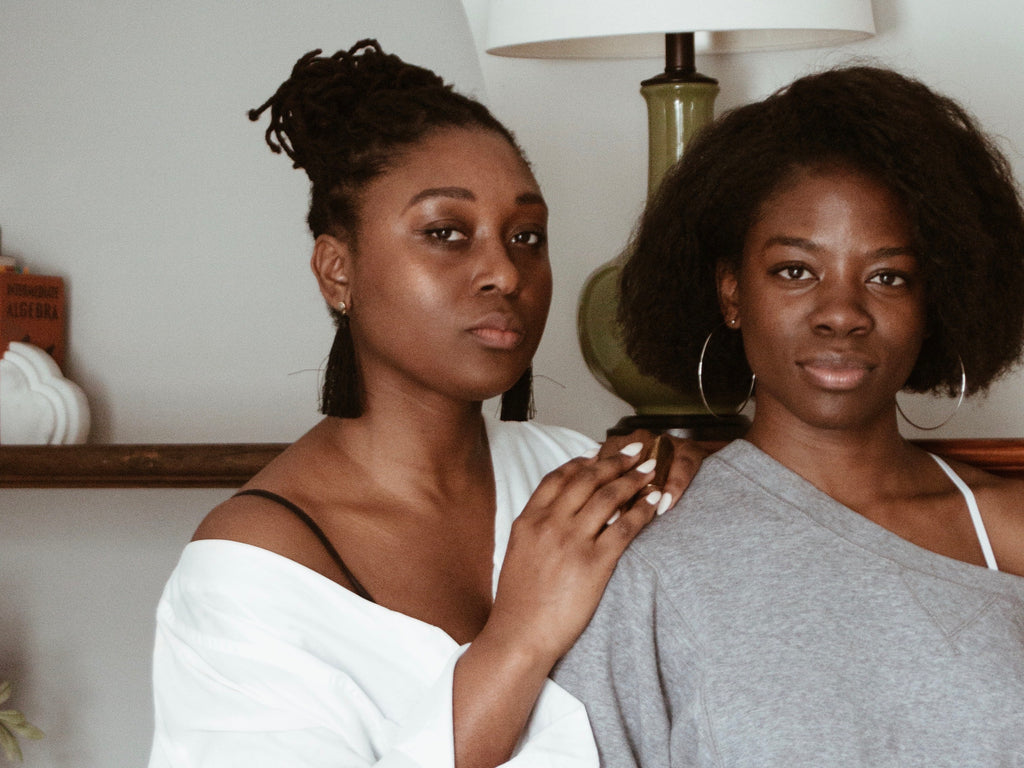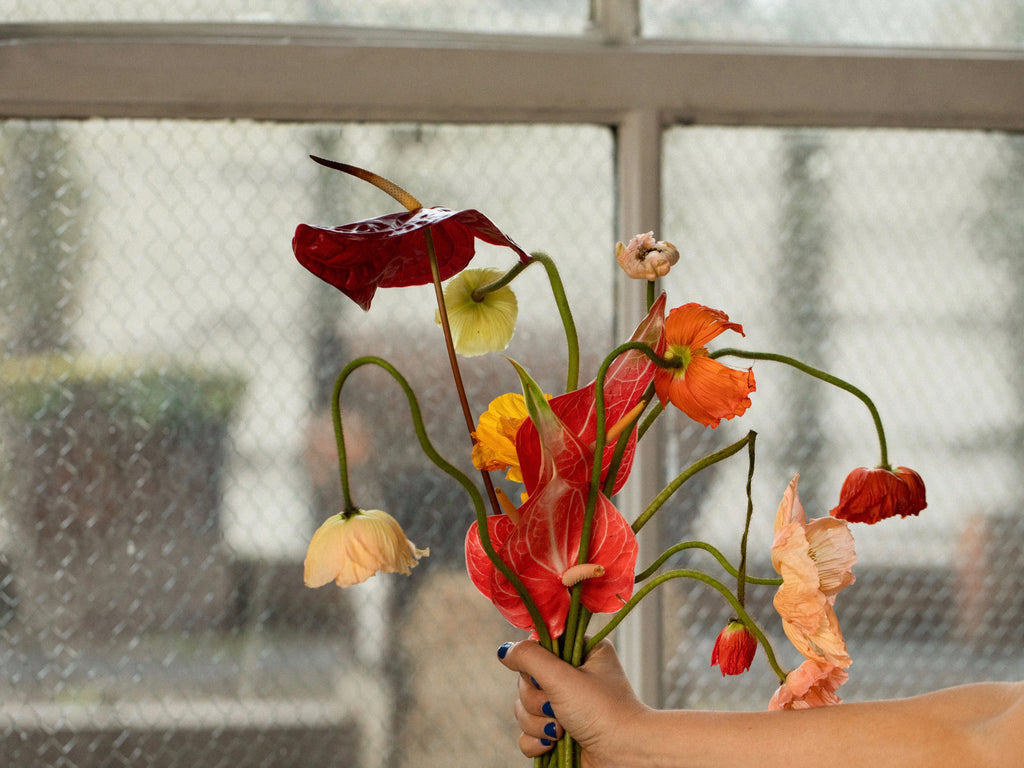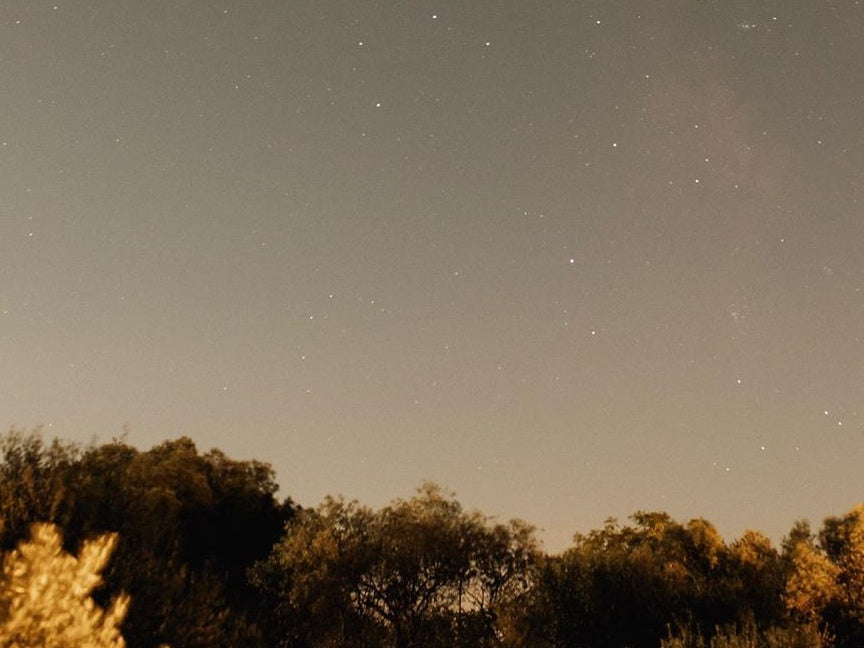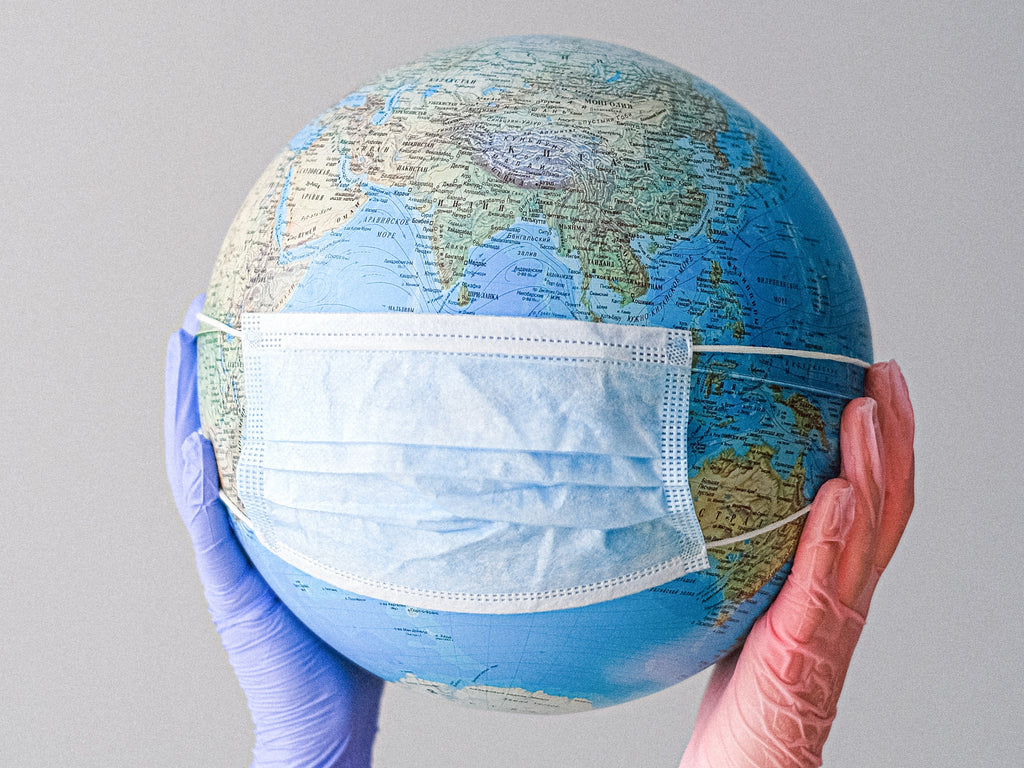Environmental Intersectionality: Why This Conversation Matters
It starts with trusting communities who know they can harness our planet’s gifts without harming it.
This content was developed in partnership with Conscious City Guide.
“So what you’re saying is we can actually take our power back?”
And such are the crucial type of questions that accompany conversations about environmental intersectionality — the vital (and overdue) approach to environmentalism that encourage and champion the inclusion of marginalized voices in discussions about the distribution of earth’s resources.
Arguably, #ClimateWoke host Layel Camargo describes it best. On their visit to Hopi Land, AZ, they sit down with Native folks like Hopi member Janice Day and Wahleah Johns of Native Renewables to speak to what can be harnessed in the wake of reclamation, mutual understanding, and our choice to learn from communities who find sustainable ways to thrive.
“I always say whoever controls your water and your power controls your destiny,” Johns elaborates.
And Jade Begay, creative director of NDN Collective, attests to this.
“Right now the tribal lands have the highest rate of houses without electricity,” she explains. “That keeps us in a pretty marginalized position, unlike the rest of the country. We don’t have the same access to power, meaning we can’t communicate in the same ways, we can’t organize in the same ways.”
“We don’t have the same access to power, meaning we can’t communicate in the same ways, we can’t organize in the same ways”
Which is why the introduction of solar energy has been pivotal to enriching Native communities, particularly as it shows those who live outside that it’s possible to harness the gifts of the earth without harming it.
Adds Begay: “There’s a lot of hard realities in Native communities, but I think there are people [that are] thriving and rising and creating amazing solutions.”
Because ultimately, that’s the genuine beauty of environmental intersectionality: when every voice is included about the choices that pertain to our home, we end up working together not only to attain a goal like accessible electricity, but to do it in a way that unites us all. And united, we not only save ourselves from the pitfalls of climate change, we save the world entirely. Which is a belief echoed by Day.
“When every voice is included about the choices that pertain to our home, we end up working together not only to attain a goal like accessible electricity, but to do it in a way that unites us all”
“I believe we could save the world if we all went to solar,” she states. The certainty in her voice is an invitation: if others chose to listen and learn to voices outside of their own, we could build a future steeped in possibility. We could give back to the only home we’ve ever known. And we could do it in a way that thrives on inclusion. There’s so much to learn, but when our environmentalism is intersectional, there are countless teachers from which to gleam precious, earth-saving knowledge.
“We could give back to the only home we’ve ever known. And we could do it in a way that thrives on inclusion”
This post is tagged as:
You may also like...
The Latest
People & Places
How Ara Katz is Redefining “Self-Care” as Rooted in Science with Seed
The co-founder, mother, and self-proclaimed serial entrepreneur unpacks her philosophy on what it means to be well. Ara Katz hates the word “success”. Not because of its listed definition in a di...
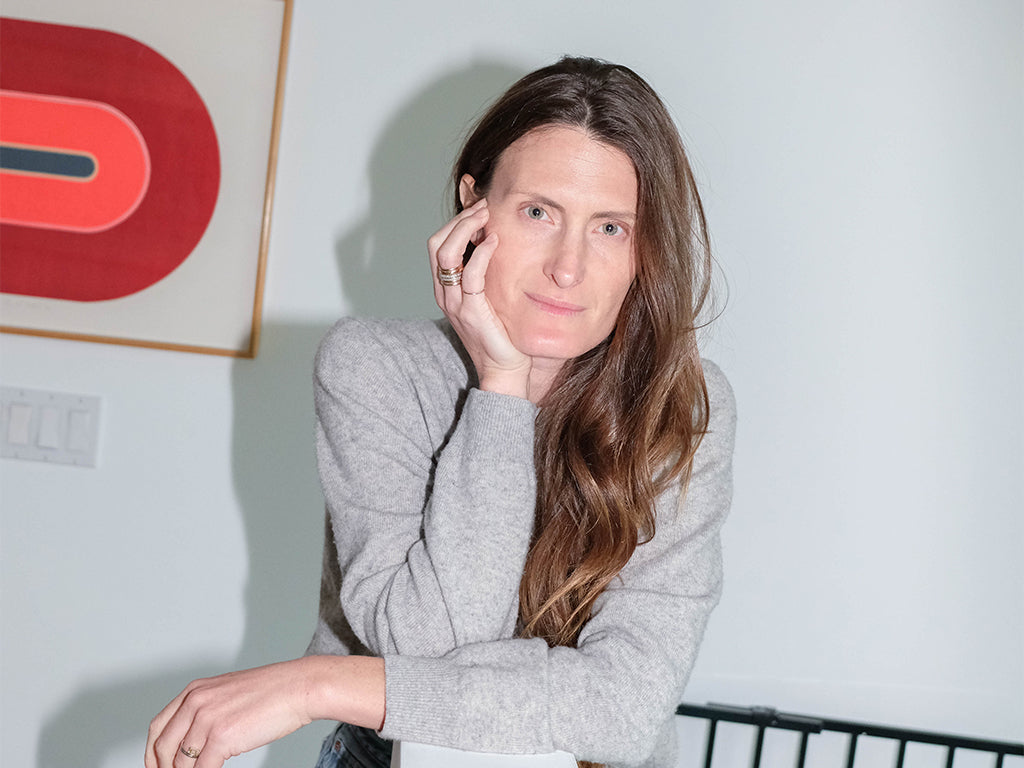
Do Good Werk
9 Passive-Aggressive Email Phrases That Are Basically Evil
A Rosetta Stone for every time you want to :’).

Woo Woo
Get to Know Your Astrological Birth Chart
How to find meaning in the stars — and what it means for you.
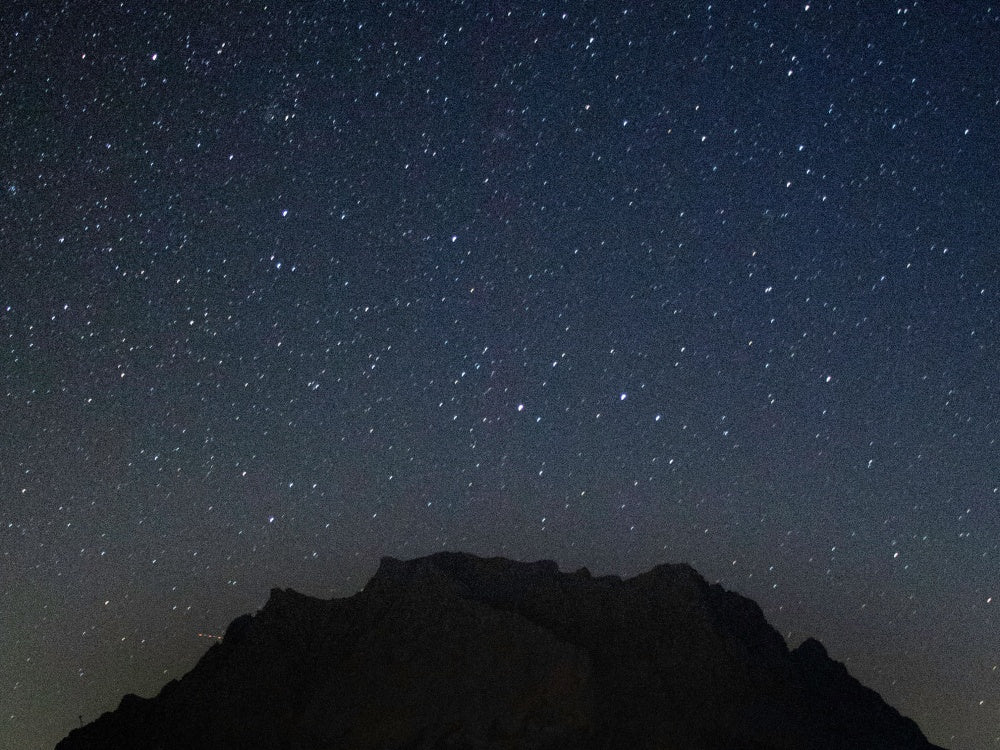
People & Places
The 5 Best Places In New York To Meet Your Next Investor
Where to rub shoulders with the city's movers and shakers.

Do Good Werk
10 Unhealthy Thoughts You Convince Yourself Are True as a Freelancer
If you work alone, you might be particularly susceptible to distorted thoughts that hurt your mental health.

People & Places
Creating a Conference-Meets-Summer-Camp for Adult Creatives
An interview with Likeminds founders Rachael Yaeger and Zach Pollakoff This past September, I sat in front of an obituary I wrote for myself after a session with a death doula. No, I didn’t know w...
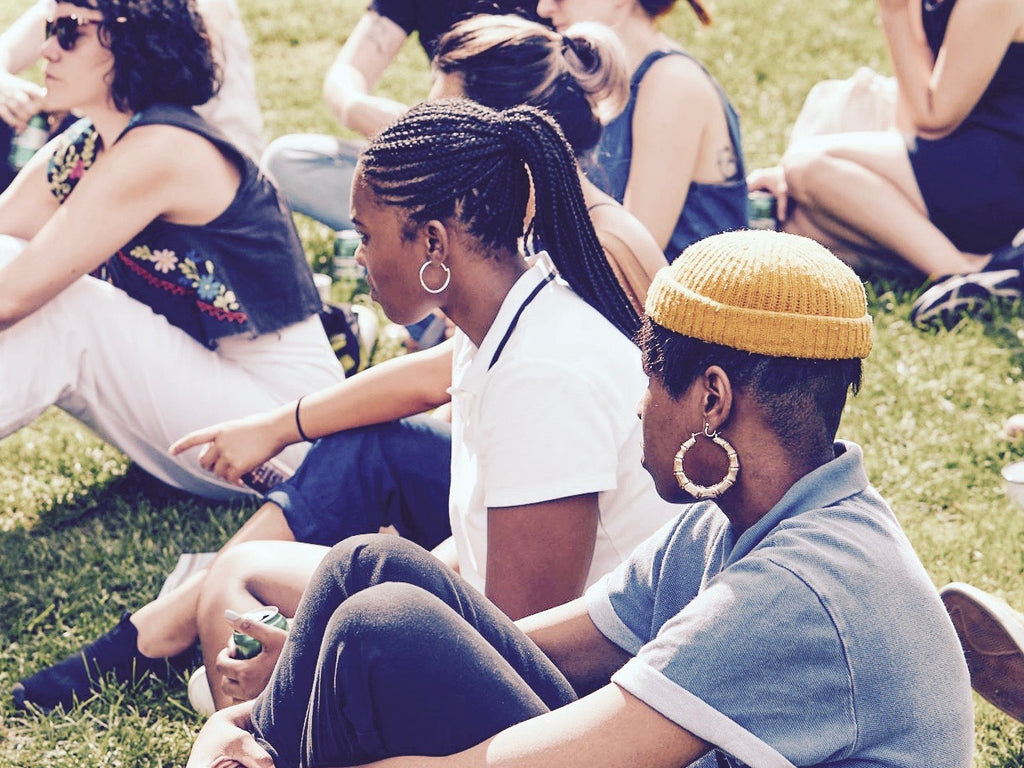
People & Places
When Something Golde Stays: An Interview with Golde’s Co-CEOs
“For us it was never a question,” says Issey Kobori, speaking of the decision to build a business with his partner Trinity Mouzon Wofford. At just shy of 27, Kobori and Wofford have secured a host ...

Better Yourself
Are They Toxic? Or Are They Human?
There’s a difference between putting up boundaries and putting up walls, and the latter is what breaks relationships.

Do Good Werk
How To Combat Seasonal Affective Disorder At Work
Here’s what to do if seasonal affective disorder starts to take a toll at the office.
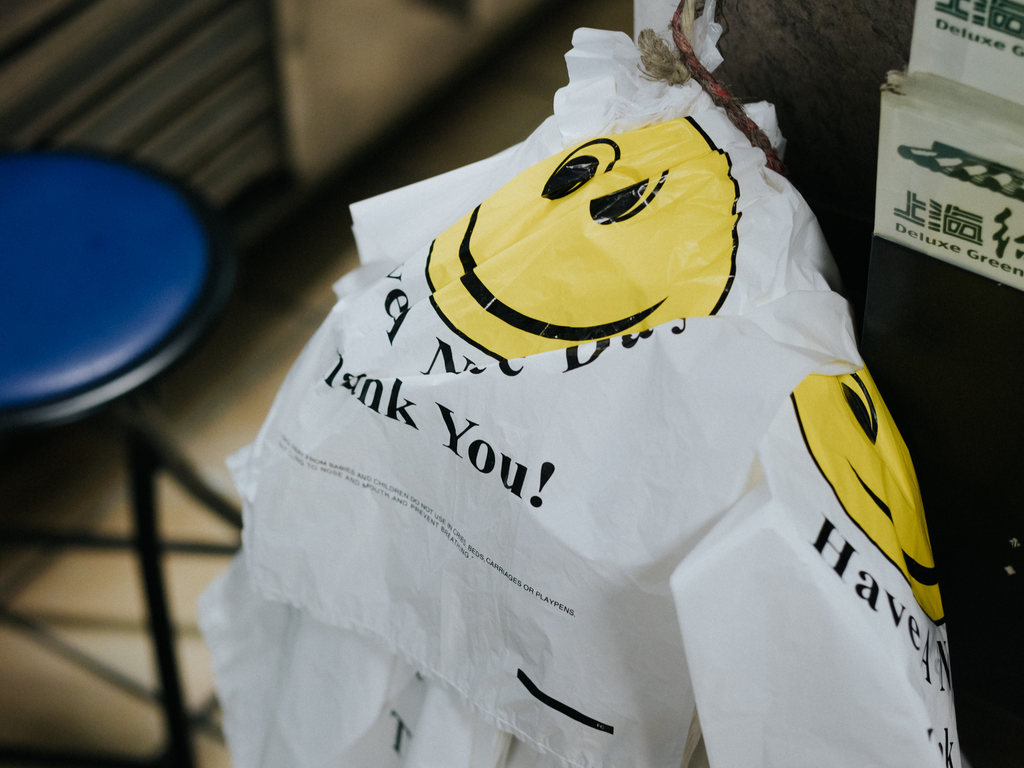
People & Places
Reclaiming Womxn's Wellness Spaces from a White-Dominated World
How The Villij built a collective that their community can connect to.
